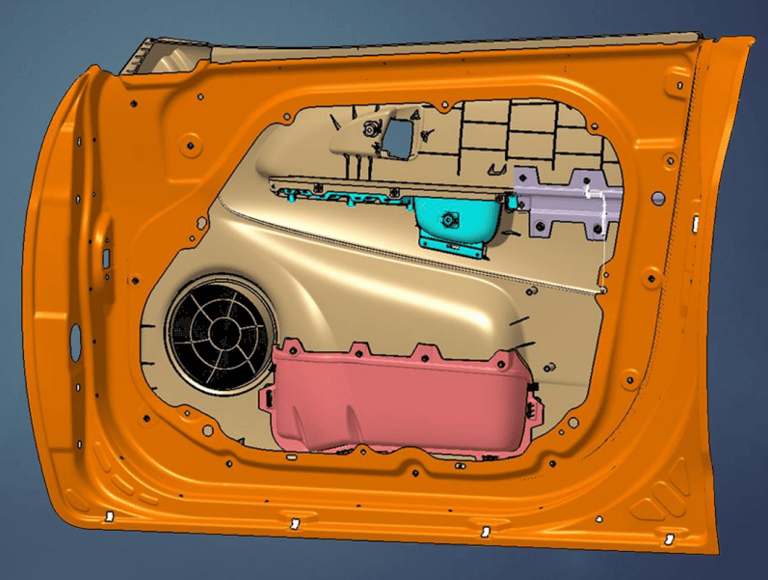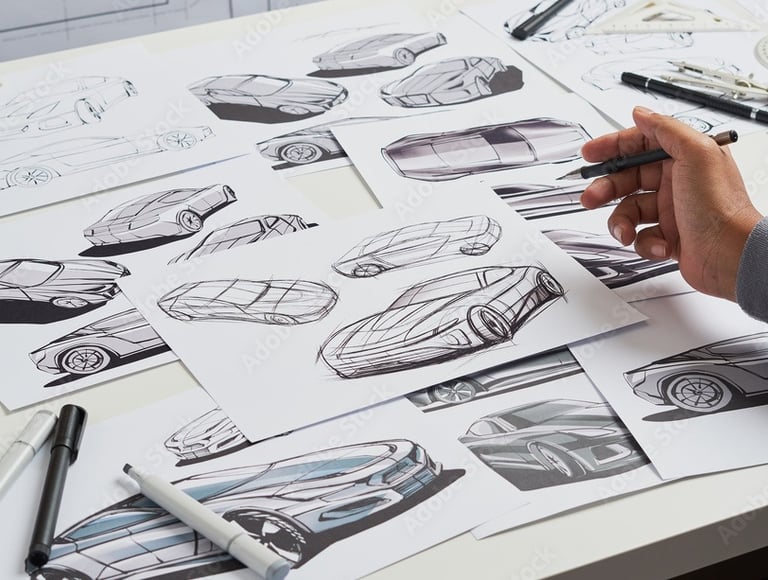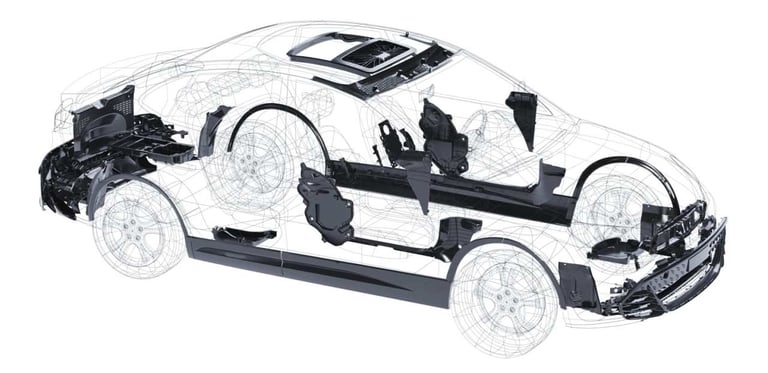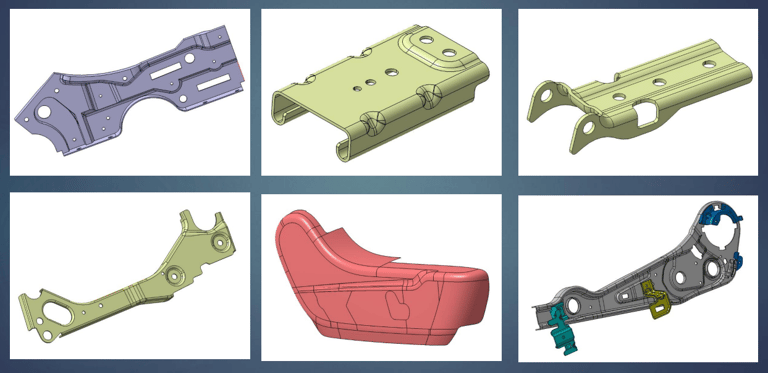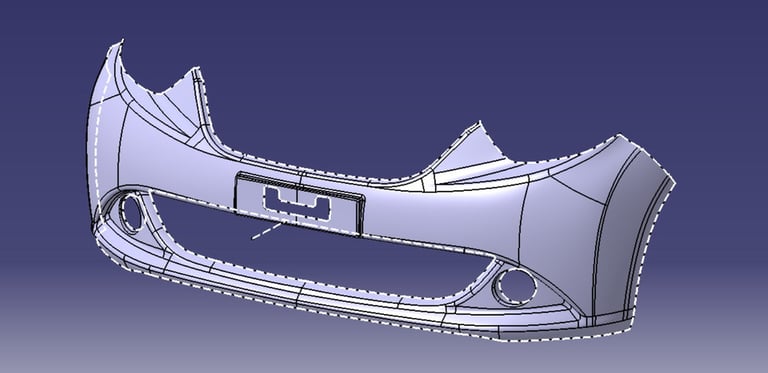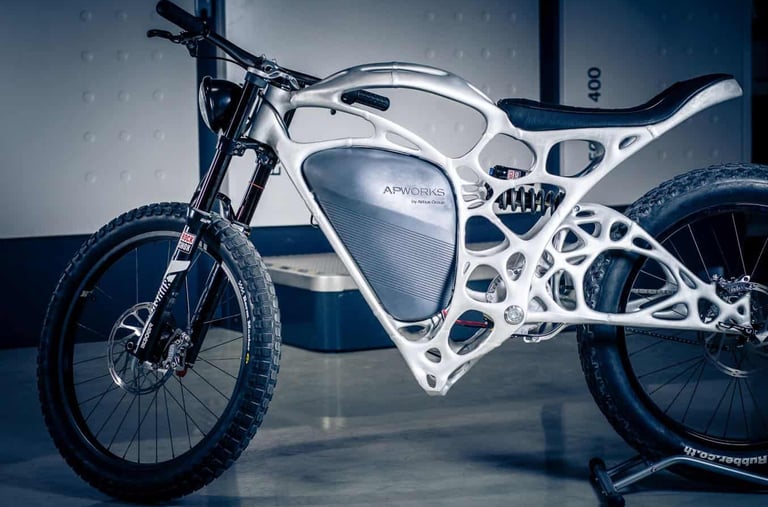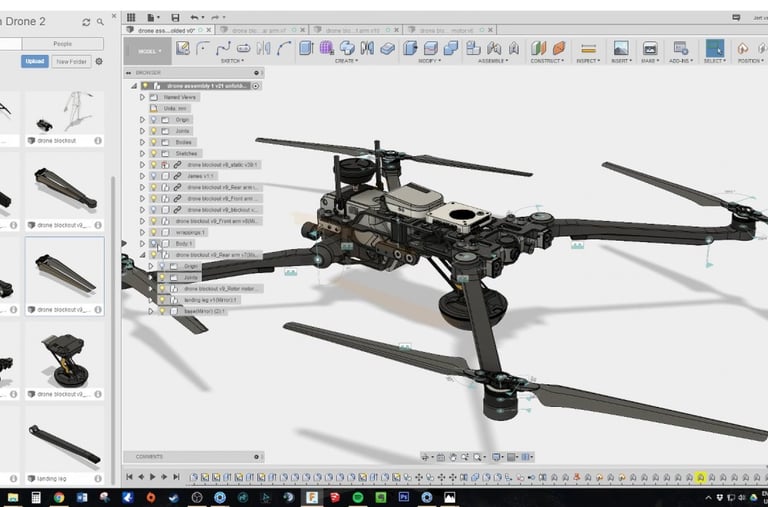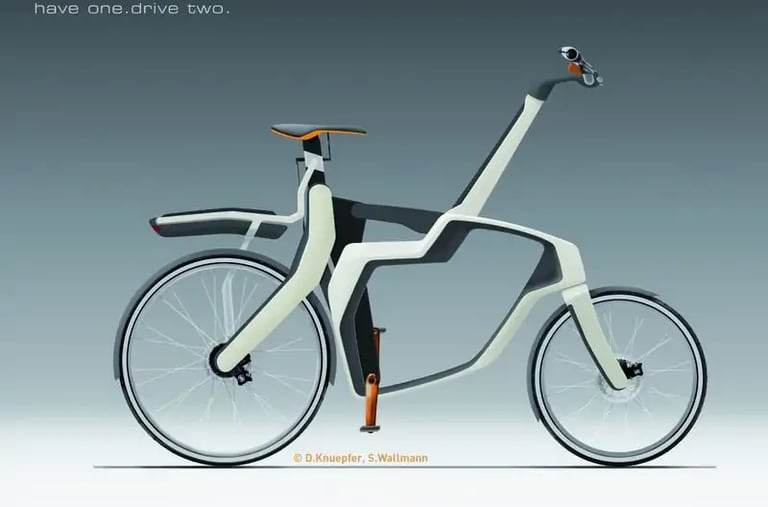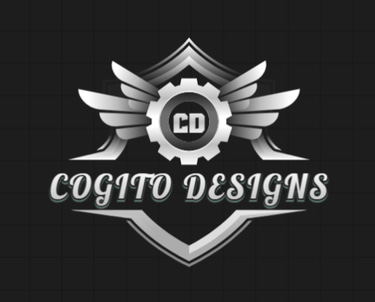Mechanical Design Engineering Mastery
At Cogito Design, we’ve built Mechanical Design Engineering Mastery to help you succeed in mechanical design by focusing on what actually matters: skills that match today’s industry needs. This course is split into three clear phases, each designed to give you a solid mix of knowledge, tools, and real-world experience. We’re here to guide you from the basics to handling live projects, so you can confidently step into a job or level up your career. This Mastery course designed as A "Three-Phase Approach" to ensure you’re not just learning theory but mastering the skills that align with current industry demands. From understanding the full product lifecycle to excelling in CAD and tackling live projects, you’ll graduate with the confidence and competence to stand out in the mechanical design field.
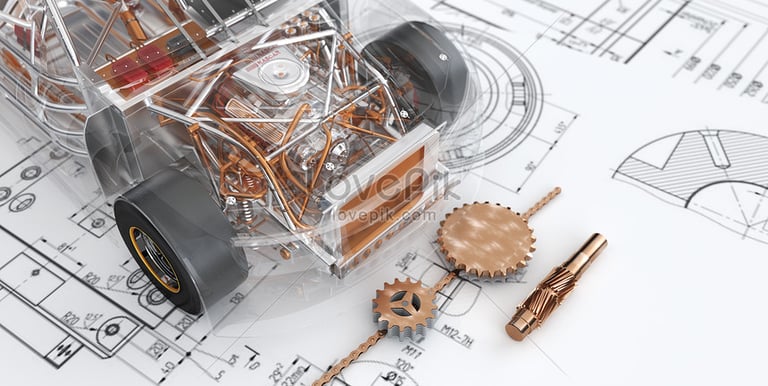

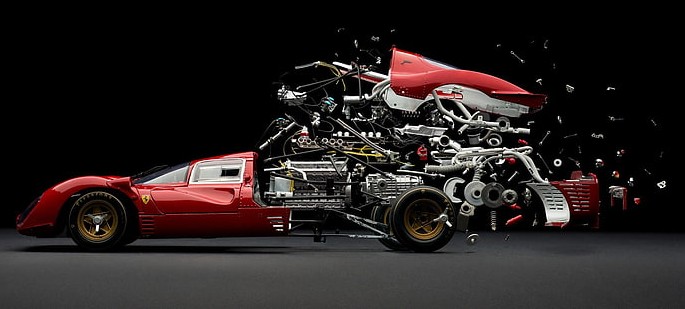

Phase 2: CAD Proficiency and Project Execution
Phase 2 focuses on developing advanced skills in Computer-Aided Design (CAD) using market-leading tools tailored to your career goals. You’ll select from industry-standard software—Siemens NX, Solid Edge, Dassault Systèmes SOLIDWORKS, or PTC Creo—and master the technical expertise required for professional design work. By the end of this phase, you’ll have completed a portfolio of at least ten fully developed projects.
Phase 1: Product Lifecycle Fundamentals
In Phase 1, you’ll dive deep into the end-to-end product development lifecycle, from initial concept to final delivery. This foundational phase provides a comprehensive understanding of the processes and considerations that drive successful mechanical design, ensuring you’re equipped to create innovative, manufacturable, and market-ready products.


Phase 3: Live Industrial Project Integration
Phase 3 bridges Phases 1 and 2 by immersing you in live, industry-aligned projects. This capstone phase simulates a real-world engineering environment, allowing you to apply your knowledge and skills to solve authentic design challenges. It’s designed to enhance your technical acumen, problem-solving abilities, and professional confidence while adding significant value to your resume.
A Three-Phase Approach

40-60 Goal
At the core of our training philosophy, we've designed this course to give you the best chance at building a successful career in mechanical design. We don’t just teach; we guide, analyze, and mentor you every step of the way, ensuring you're on the right path to reaching your professional dreams. Our unique 40-60 Goal Pattern combines our expert guidance with your dedication. Here’s how it works: we provide 40% of the effort through structured support, tailored coaching, and industry insights, while 60% comes from you, driven by your commitment and hard work. Through thorough market analysis and industry research, we’ve come to a simple conclusion: it’s more effective to guide you strategically from the beginning, rather than spending months covering every single detail. That’s why we focus on building a solid foundation of knowledge first, giving you the right tools, and then immersing you in industry-driven projects. This not only prepares you for the real challenges in mechanical design but also sharpens your ability to handle relevant, hands-on tasks that employers value. We firmly believe that this balance of expert guidance and active participation is the key to your success.This is why we call it the 40-60 Goal—because success is built on guidance + effort + real-world experience.


Design Training
"Designing is an exciting and creative process! We ensure that our training is engaging and interactive, making learning enjoyable-unlike conventional, monotonous teaching methods."


